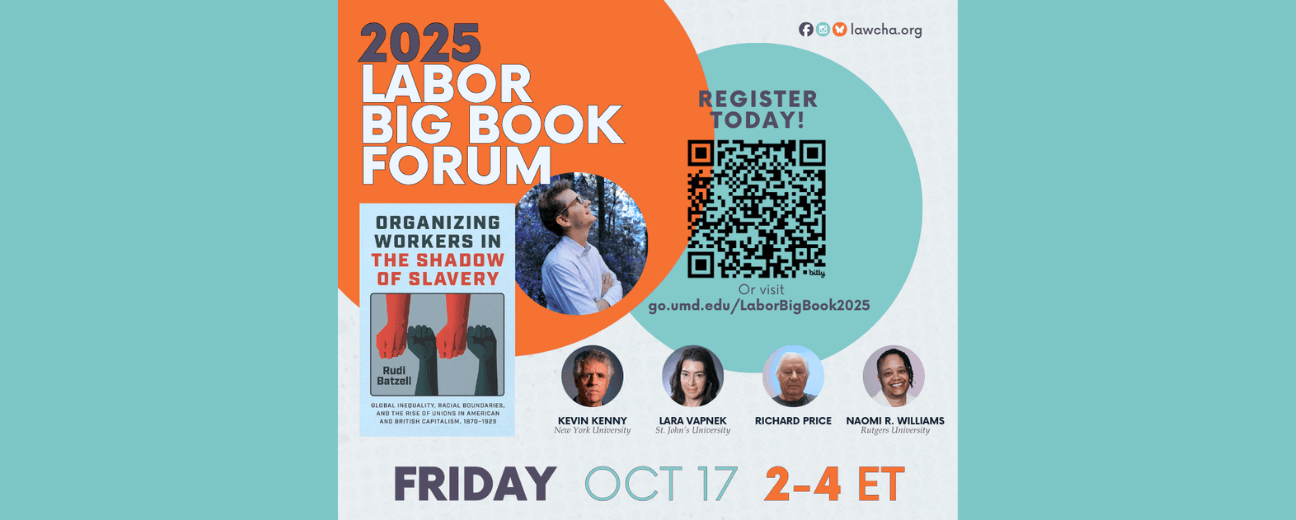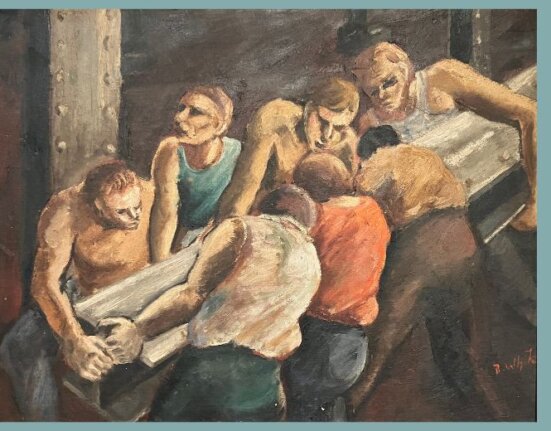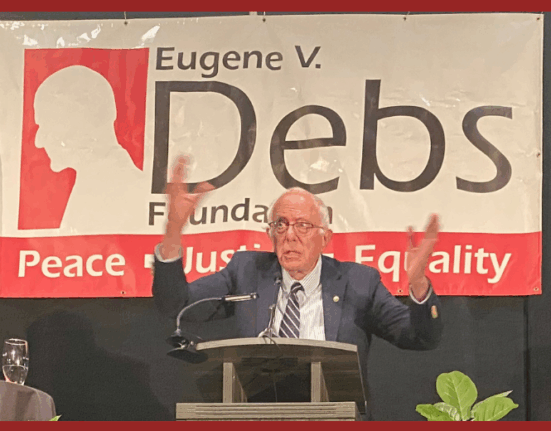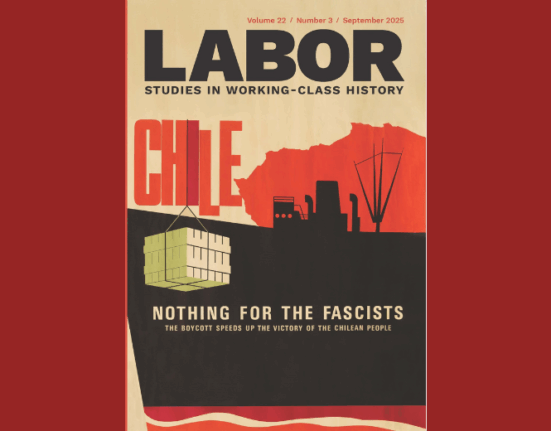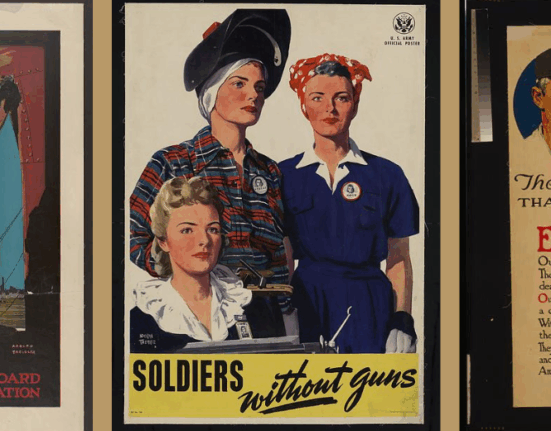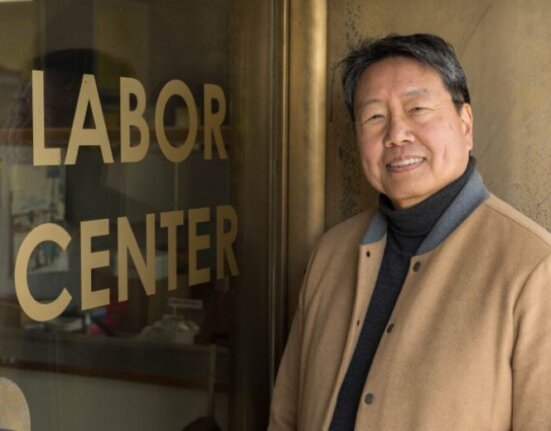On October 17, historian Rudi Batzell presented at the Labor 2025 Big Book forum about his new book, Organizing Workers in the Shadow of Slavery: Global Inequality, Racial Boundaries and the Rise of Unions in American and British Capitalism, 1870-1929 (2025). Julie Greene moderated the forum. Comments were provided by Lara Vapnek (St. John’s University), Kevin Kenny (New York University), Richard Price (University of Maryland), and Naomi R Williams (Rutgers).
Over the two-hour discussion, these historians discussed the significance of Batzell’s book to the field of labor history in our present moment. Opening the panel, Julie Greene grounded the discussion, commenting on the freshness of the book’s methodology: “I think it’s really interesting that although comparative history has somewhat fallen out of favor, Rudi is resuscitating it here to build an ambitious argument.”
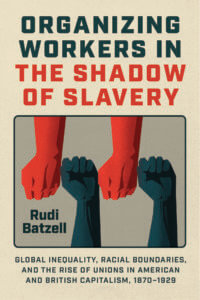
Comparative history is central to Batzell’s work. Comparing four cities in the United States and England, Batzell’s book makes an ambitious intervention in the study of the American labor movement: he argues that the power of mass racialized strikebreaking was the fundamental condition that “confined the American labor movement within narrow, racist boundaries.”
In his comments, Batzell emphasized the urgency of analyzing economic geography to understand the geography of organized labor: “the trajectory of the labor movement in high-wage cores [like the United States and Britain] cannot be understood apart from near peripheries.” As industrial capitalism connected pools of workers in racialized peripheral economies like Ireland and the US South to hubs of industrial capitalism, the white working-class took up the project of racial boundary-making, previously driven by the elite, from the bottom-up.
In Ireland, land reform eventually succeeded, undermining the ability of industrial capitalists to draw on Irish workers as a reserve army of labor. In the United States, the reserve army of the South instead escalated racial divisions. Where a militant labor movement emerged and flourished in the UK, then, US unions turned towards narrow craft divisions and racial exclusion. This geographical difference sets the pace for the US labor movement, Batzell contended: “’white, working-class homeowner’ coheres already as a real ideal in the early twentieth century and this pattern reproduces and continues the history of the United States having this fundamentally fractured working class.”
The commentators dug deeper into Batzell’s claim that strikebreaking constituted the fundamental determiner of labor radicalism and solidarity. Noting the limits to our ability to quantify the relative differences in the scale of strikebreaking across regions, Kevin Kenny nevertheless affirmed the importance of Batzell’s argument, affirming the profound, visible historical change that came with land reform in Ireland, the core of Batzell’s comparative claim. Richard Price echoed the book’s importance, calling it “a model for how to write comparative labor history within a materialist framework.”
Naomi R Williams emphasized the importance of the questions Batzell raises in our present moment: “This book comes out in a time where I and those around me are considering how we step back from the brink of fascism.” Yet they also questioned the limitations of Batzell’s strikebreaker argument as a holistic framework for understanding the breakdown of working-class solidarity. They pushed for further investigation of how we can understand the limits of solidarity in the context of mass political repression:
“If we look at the fall of the Knights of Labor in terms of the political repression . . . it tells a different story than just looking at it as a competition between the AFL unions or the Knights and strikebreaking . . . You have to include in the conversation the mass deportations and anti-immigrant sentiment, the attacks on all labor as anarchist, the attacks on free speech that were happening around that time . . . Even with racialized strikebreaking, it really is capitalists and politicians and arms of the state that create the platform for strikebreaking.”
Focusing on the need for greater attention to gender and women’s history for a more holistic understanding of the US labor movement, Lara Vapnek echoed Williams’ skepticism of strikebreaking as a unifying explanation for the trajectory of the labor movement. “I think it’s important to consider challenges to the AFL model of organizing in the early twentieth century,” she said, “particularly as they were waged by the Industrial Workers of the World, which organized across lines of race, gender, and skill. I think that effort at more inclusive organization was defeated not so much by racialized strikebreaking but by the political repression that was so evident during and after World War I.”
A full recording of the 2025 Big Book Forum is included below. See these time stamps for specific speakers:
Rudi Batzell’s opening comments and response to Julie Greene begin at 4:55.
Julie Greene’s introduction of the commentators begins at 16:00.
Kevin Kenny’s comments begin at 22:35.
Naomi R Williams begins their comments at 37:10.
Richard Price’s comments begin at 48:45.
Lara Vapnek’s comments begin at 59:00.
Open discussion begins at 1:20:30.

